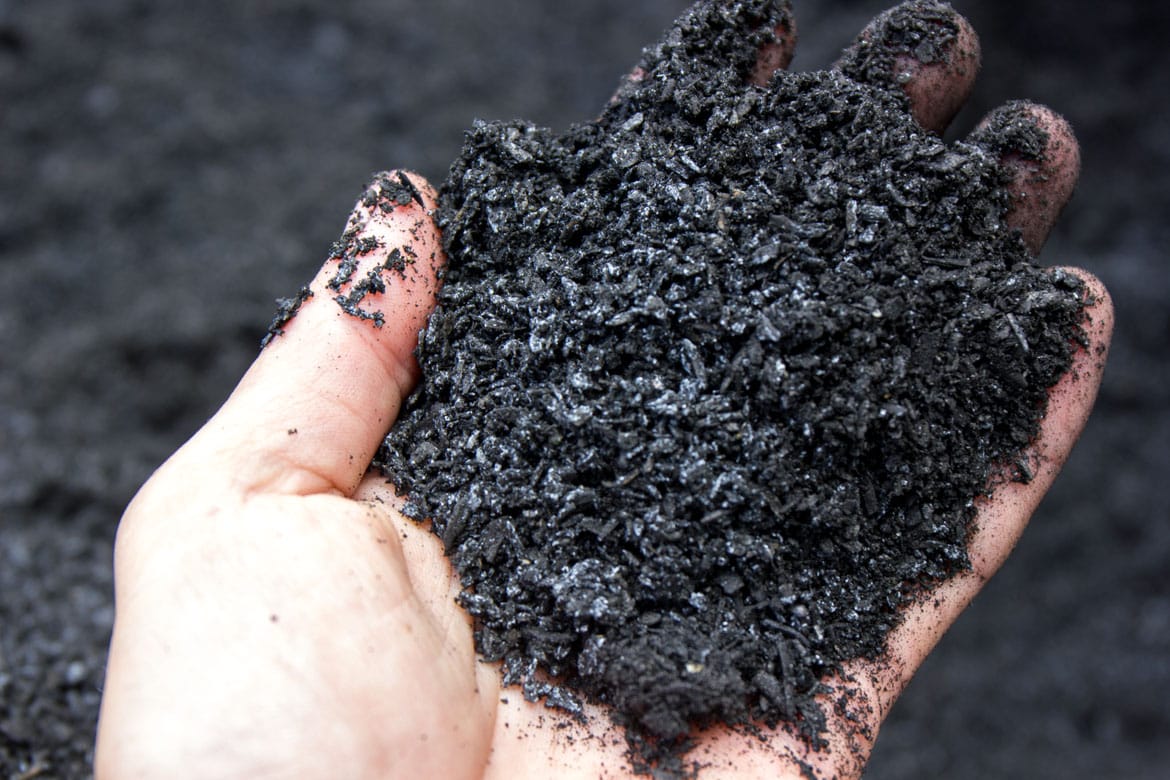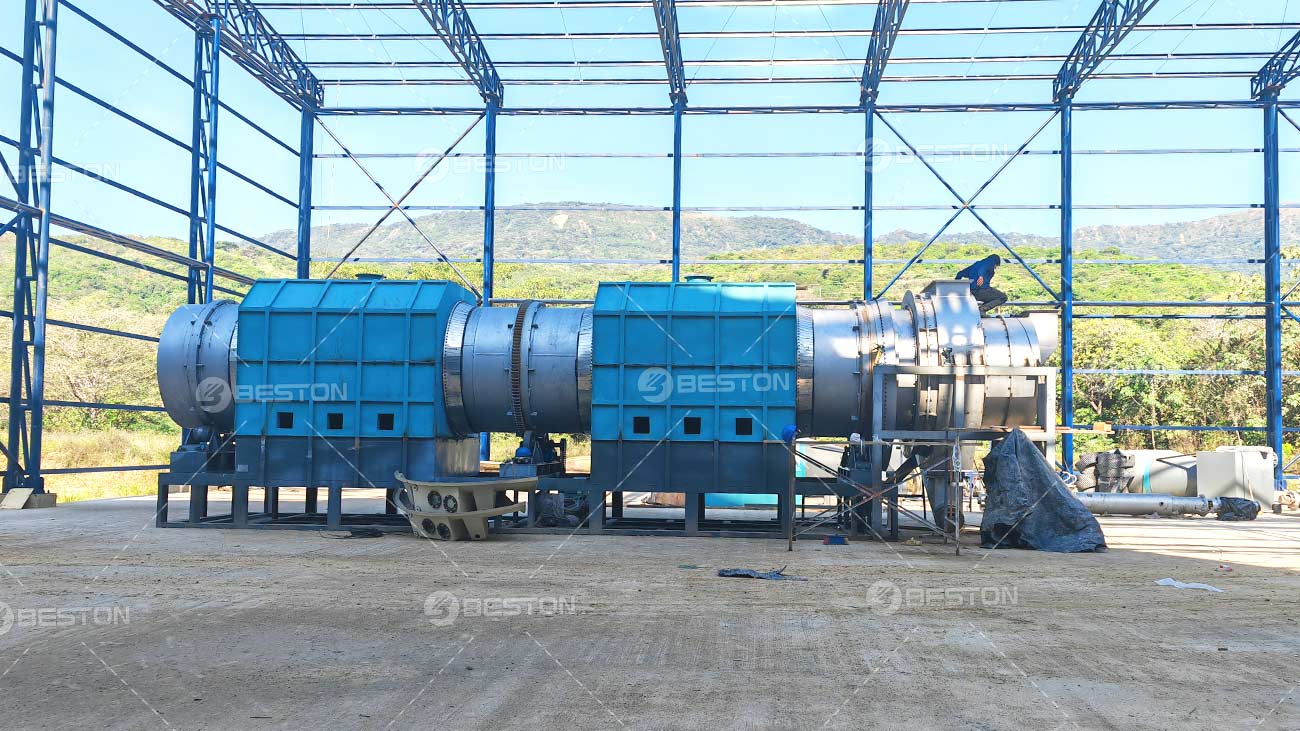Biochar — a stable, carbon-rich material produced by heating organic feedstocks in limited-oxygen conditions — has moved from niche curiosity to a fast-growing sector with diverse commercial and environmental applications. As attention to carbon removal, soil health, and circular economy solutions intensifies, the biochar industry finds itself at an inflection point. This article outlines emerging opportunities across markets, technologies, and partnerships, and highlights practical equipment options for businesses and entrepreneurs exploring entry or expansion.
Why the moment is now
Several forces are converging to accelerate demand for biochar. Climate policy and corporate net-zero commitments are increasing willingness to pay for credible carbon removal methods. Farmers and landscapers seek soil amendments that improve water retention, nutrient efficiency, and crop yields while reducing fertilizer runoff. Waste management stakeholders are interested in value-adding pathways for agricultural residues and urban organics. Together, these drivers create multiple revenue streams — carbon credits, agricultural products, waste-to-value contracts, and industrial inputs.

Market niches with fastest growth
Not all biochar markets mature at the same speed. The most promising niches today include:
- Regenerative agriculture: Farmers adopting conservation practices want stable soil carbon, better moisture buffering, and enhanced microbial habitats.
- Commercial landscaping and horticulture: Potting mixes and turf management benefit from lighter-weight, moisture-retentive media.
- Industrial uses: Activated biochar for water filtration and odor control is gaining traction.
- Carbon marketplaces: Verified biochar sequestration projects are being packaged as tradable removals for corporate buyers.
Technology improvements creating new scale and economics
Advances in feedstock preprocessing, reactor control, and integration with energy recovery systems are lowering per-ton production costs and improving product consistency. Modular, containerized systems let producers start small and scale with demand. For organizations that want to build reliable production lines, equipment selection is critical: choosing technologies that match feedstock, product spec, and local regulations will determine profitability and product quality.
If you are evaluating systems, consider options that pair efficient thermal conversion with emissions control and flexible throughput. Small-to-medium producers often look for robust designs that enable continuous operation and simple maintenance.
Practical equipment pathways for producers
When assessing capital equipment, think about feedstock characteristics (moisture, bulk density, ash content), desired biochar grade, and byproduct management. There are several machine types geared to different scales and feedstocks. For example, producers processing agricultural residues can investigate rice husk charcoal machine options engineered to handle the unique properties of husks and hulls. For integrated facilities wanting both energy recovery and char production, modular pyrolysis lines built around continuous reactors are attractive.

For more versatile systems that can handle a wider variety of biomass and deliver tailored char properties, look into modern pyrolysis plants. Some suppliers market turnkey solutions that minimize engineering overhead for new entrants. A searchable starting point for equipment specs and project consultations is a dedicated pyrolysis equipment provider; for instance, teams often review offerings such as the biochar pyrolysis machine to compare throughput, feedstock flexibility, and emissions controls.
Adding value beyond raw char
Raw biochar is rarely the highest-margin product. Value-added pathways include particle-size fractionation, activation (physical or chemical) for filtration-grade products, blending with compost or minerals for standardized soil amendments, and certification for carbon markets. Manufacturers can also offer application services such as soil testing, custom blends, and agronomic guidance — turning a commodity into a service-driven product with stronger customer retention.
Supply chain and feedstock strategies
Securing low-cost, reliable feedstock is often the most important factor in achieving competitive economics. Partnerships with rice mills, sawmills, orchard managers, and municipal green-waste programs can produce steady streams of residue. In regions with abundant bagasse, husks, or forestry leftovers, colocating production near feedstock sources reduces transport costs and lifecycle emissions. For producers who need higher flexibility, combined systems — able to process wood chips, shells, and agricultural residues — can reduce feedstock risk.
Regulation, quality standards, and market trust
As biochar becomes more commercially important, buyers demand transparent quality measures and environmental assurances. Certification programs that test for contaminant levels, fixed carbon content, and stability are emerging. Sellers that invest early in quality assurance, third-party testing, and clear product labeling will earn premium placements with agricultural distributors and corporate procurement teams.
Sustainability and co-benefits
Beyond carbon sequestration, biochar delivers co-benefits that can be monetized: improved water-use efficiency for drought-prone farms, reduced fertilizer needs (lowering input costs and runoff), and enhanced soil biodiversity. Projects that can quantify multiple benefits may be more attractive to blended finance structures combining public funds, private investment, and impact grants.
How to get started: a practical checklist
- Conduct a feedstock assessment: volume, seasonality, and transportation costs.
- Define target product(s): agronomic grade, activated char, pelletized blends, or carbon credits.
- Choose equipment tailored to feedstock and product spec — for wood and mixed biomass, a proven charcoal carbonization machine may be appropriate; for specific residues like rice hulls, specialized machines exist.
- Plan quality control and testing protocols up front.
- Identify market channels: local agriculture, landscaping, industrial buyers, or carbon markets.
Conclusion
The biochar industry offers a rare intersection of climate mitigation, soil resilience, and circular-economy value creation. Entrepreneurs and existing waste-management or agricultural businesses that align feedstock access, right-sized equipment, and clear product differentiation can capture early-mover advantages. Whether the goal is to supply regenerative farmers, industrial filtration markets, or corporate carbon portfolios, the combination of improved technology and rising demand makes this an exciting time to explore biochar ventures. More in Beston Group.
Note: when evaluating equipment suppliers, request detailed performance data, emissions testing, and references from similar installations to ensure the chosen system meets local regulatory and operational needs.